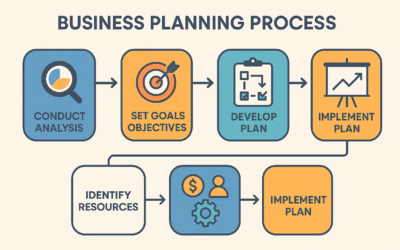The business landscape is constantly fluctuating. Whether there is new legislation to be taken on board, new technology to get to grips with, or an acquisition or merger to deal with, any organization will go through times when change is inevitable.
Nobody likes to change. However, since change is unavoidable, it’s important to learn not only how to cope with it, but how to actually embrace it as an opportunity rather than fear it and see it as a problem.
Change management all too often is overlooked, and often to such an extent that the team’s daily output and, therefore, your company itself suffers. If employers fail to take on board changes and adapt fully to them, the chances are that the workforce will lack the necessary skillset to absorb those changes while also carrying out all of their regular daily duties.
Engagement and Communication with Staff
One of the most important aspects of change management involves engaging and communicating with staff so that everybody understands the process and gets on board with the adjustments. Many individuals in the team may find that their duties and roles are different once the changes have been adopted, and therefore communicating those differences and getting the employees who will be affected to embrace their new potential is essential. So, how can you communicate most effectively with your workforce
Clarity Is Key
When you’re communicating with your team about changes, it’s vital to keep clarity in mind. Your team needs to actually understand what will be happening – they need answers, not more questions. You need to be extremely clear about what needs to be said then work out how you can say it is the most effective and comprehensible way.
There isn’t a single way to deliver communications about changes, however, employees must be given a chance to respond and express their opinions and concerns. Employees also need to stay updated about progress regarding these changes and need to feel involved with the processes. This is why it’s so important to be transparent and upfront with your team. If plans change, or employees are expected to take on significantly different duties, it’s vital to keep them in the loop at as early a stage as possible to avoid ongoing problems.
Surveying Your Team
Even if you think that you’ve done everything possible to keep your team educated and informed about upcoming changes, there’s no more effective way to ascertain the success of your communications than by asking your staff directly. A key way to achieve this is to carry out an employee engagement survey before and after you communicate your changes. The first survey should focus on how your team would prefer to be communicated with and the subsequent survey will assess just how well the change was delivered, and whether your communication style worked well.
When it comes to communicating change within your organization, you may find it helpful to get some advice from a skilled and professional business consultancy firm. Visit GR-US.com to find out more about how we can help you to smooth the way to change within your company.

0 Comments